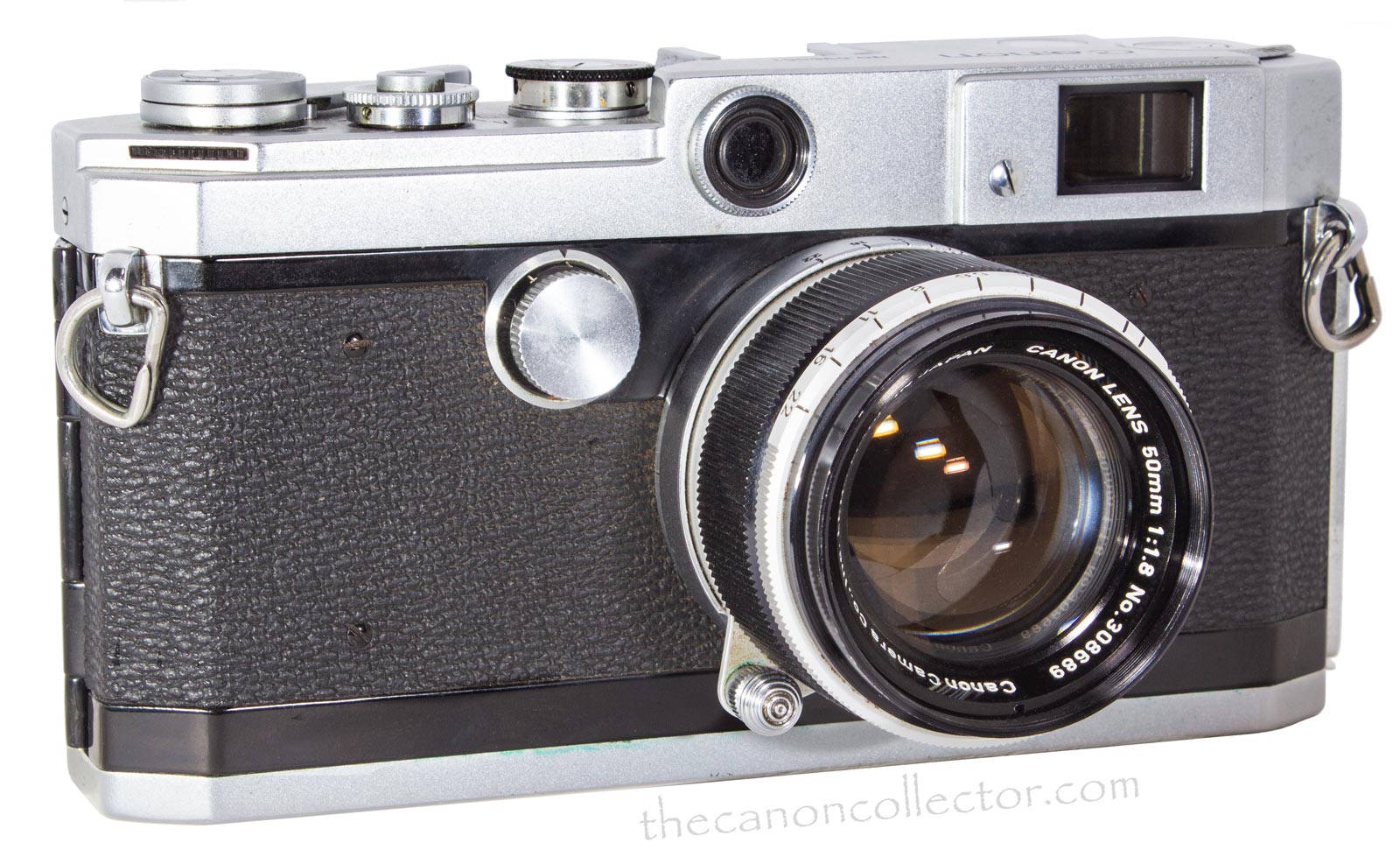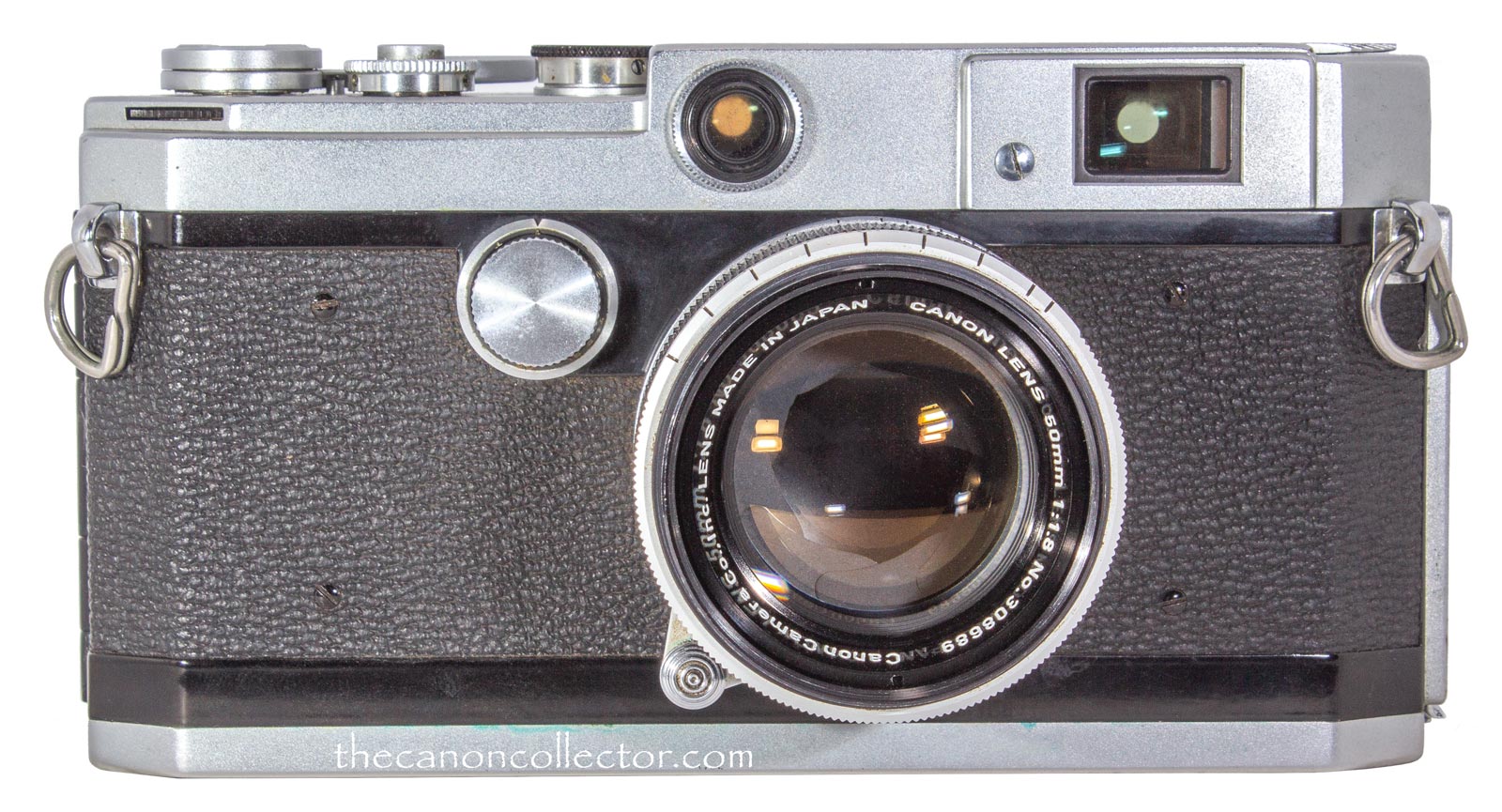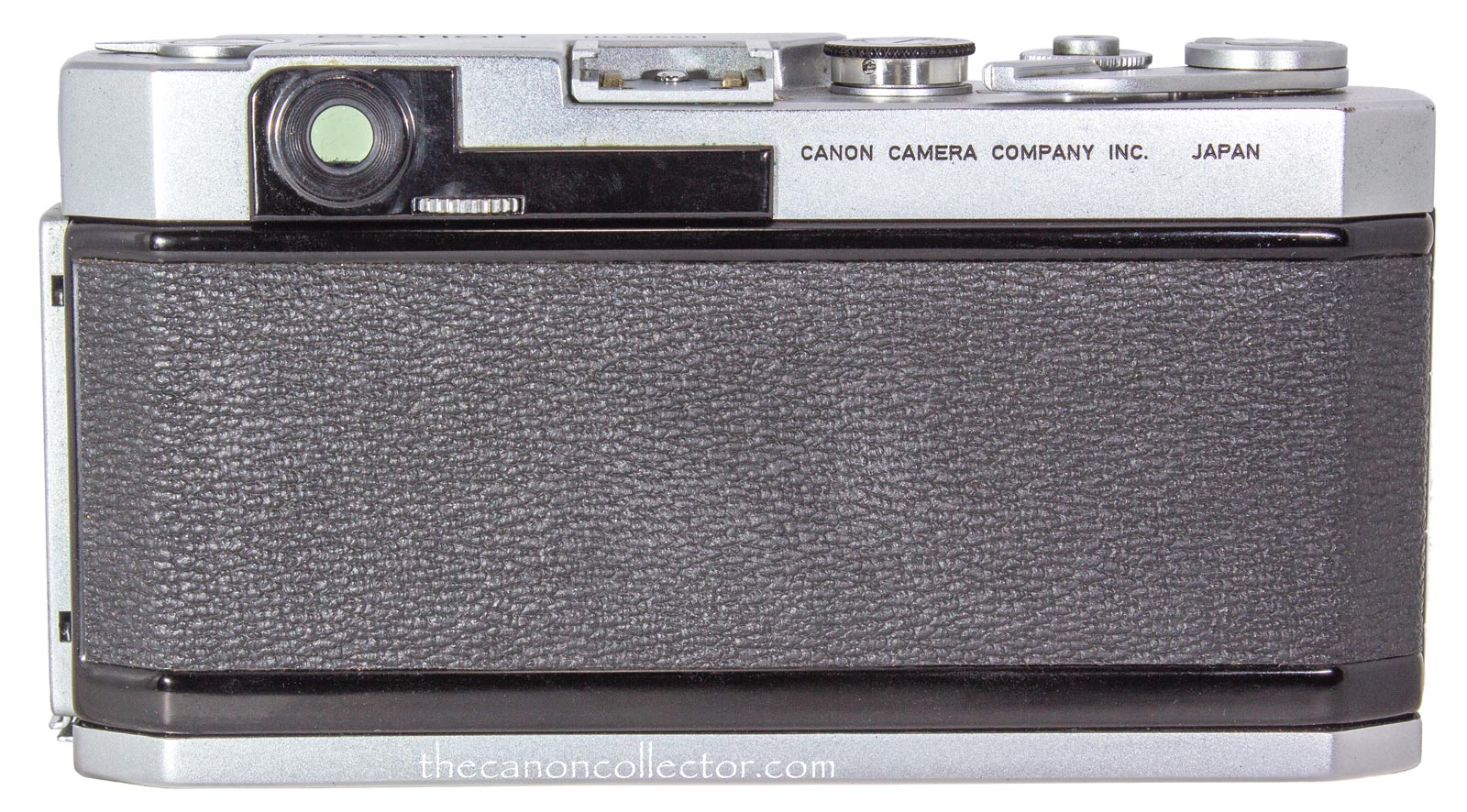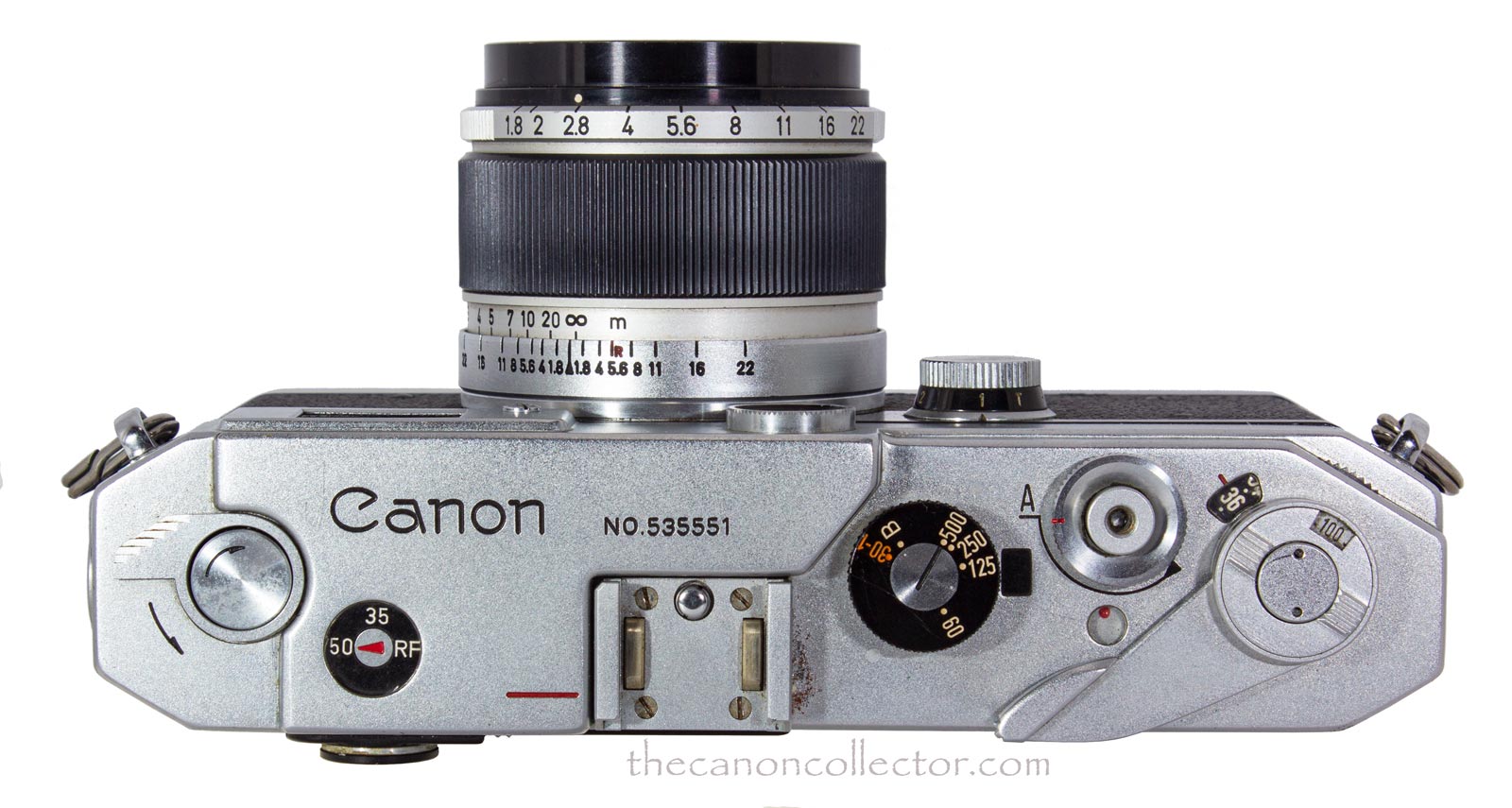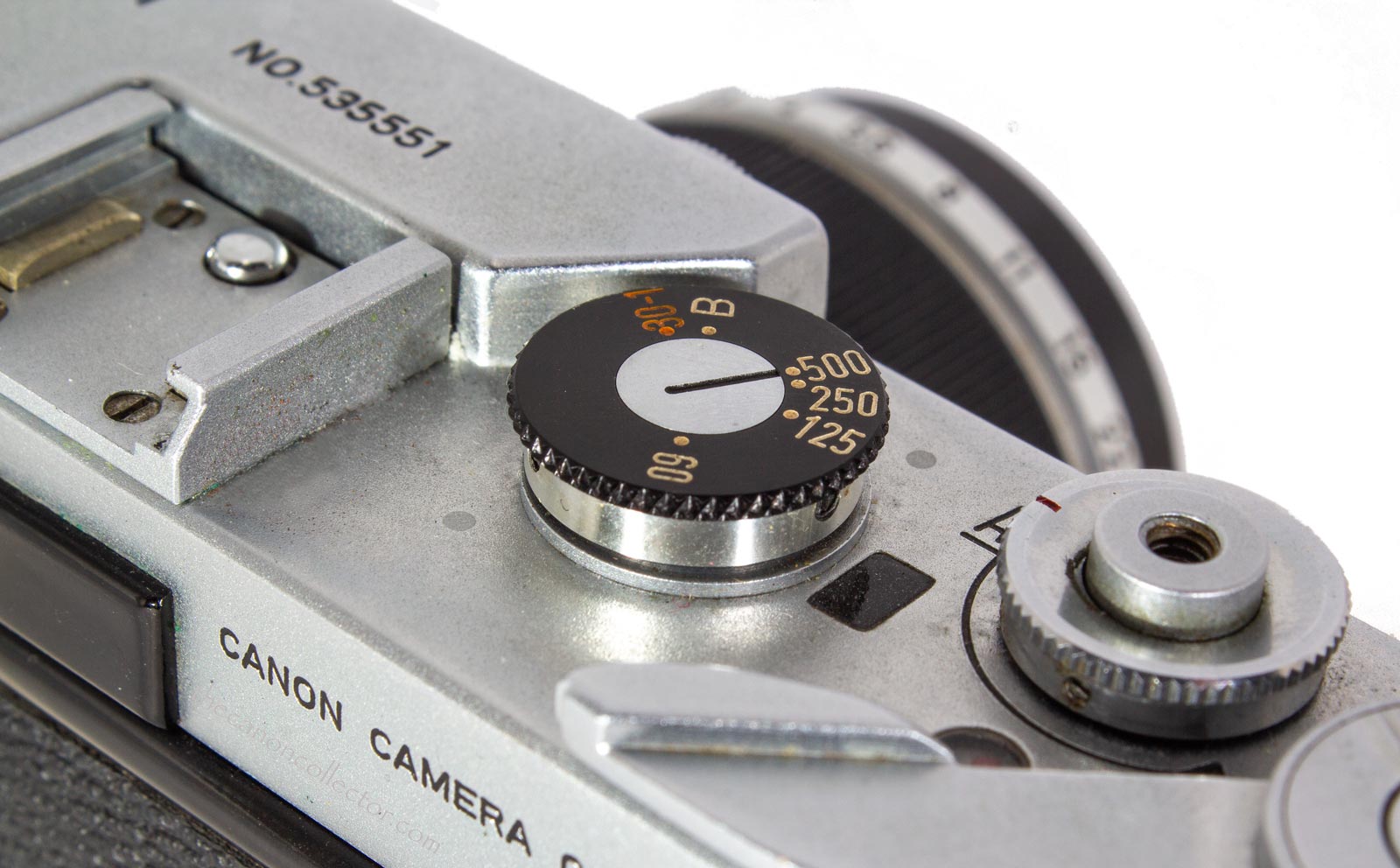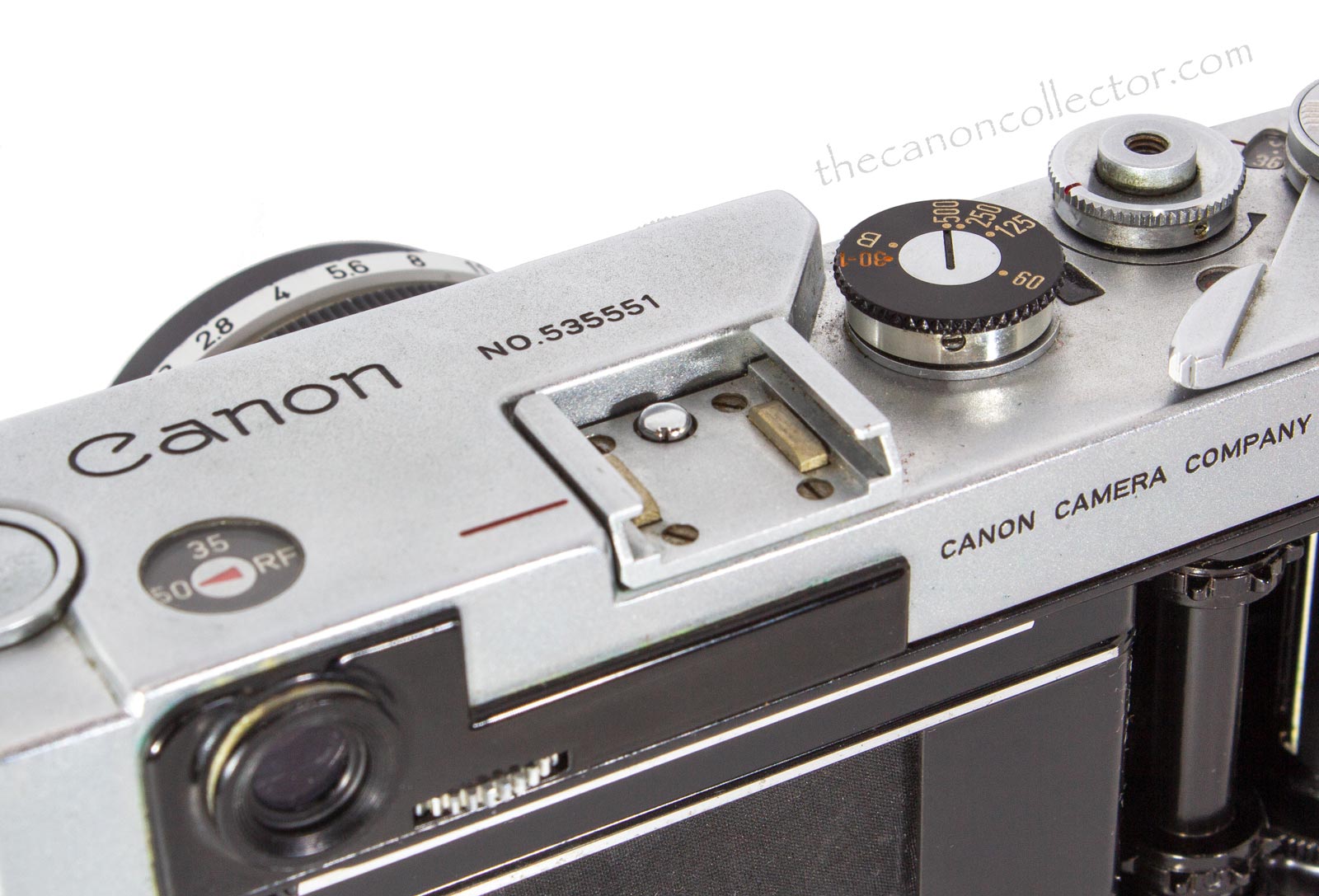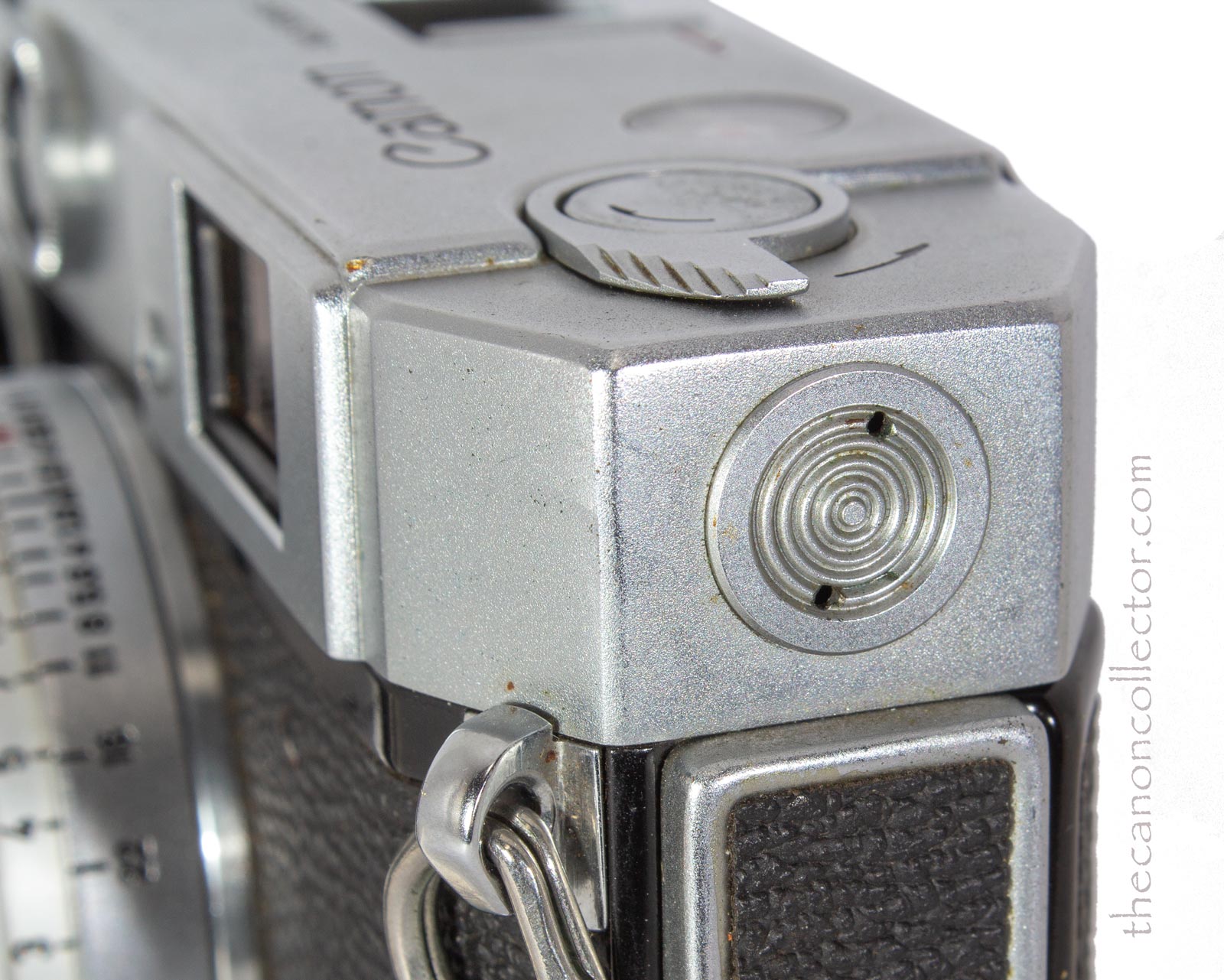This is my Canon L3 (Ser. No. 535551) with Canon Lens 50mm f/1.8 (Ser. No. 308689). This was a very basic camera while at the same time upholding Canon’s reputation for quality.
The Canon L3
The Japanese camera industry in the 1950’s
and 60’s was fiercely competitive as the growing camera companies competed for the home
market and strove to create off shore markets
around the world. And then, like today, the
price of the final product was important to sales volume. Some photographers would pay a
premium for advanced features but most people simply wanted a quality camera to take snapshots of family and vacation memories. From the earliest days Canon made quality cameras but some were feature rich and expensive and others were simplified versions that sold for less.
When Leitz brought out the Leica M3 in 1954 it spelled the end of the Barnack styled camera body, and it caught the Japanese camera industry off guard. Canon saw where the future was going and immediately began work on a similar type of camera which culminated in the introduction of the Canon Vt in August of 1956.
The Vt was a feature rich camera intended to go head to head with the new Leica. But Canon’s next offering was the Model L2 which was essentially the same camera but without the self timer, with Canon’s first thumb lever film advance and with sync for only FP flash bulbs. It had fewer features and thus a lower price.
And in November of 1957 Canon introduced the Canon L3 camera. This was an L2 camera with no flash sync whatsoever. And as a result, it was able to come to market at a lower price than either the Vt or the L2.
One cost cutting mesure taken on the L3 Camera was the elimination of the self timer. It is absent from its usual place on the front of the camera.
The L3 was exactly the same as the L2 with the sole exception that there was no provision for flash synchronization. None. Nada. Niente. Zilch. Otherwise it is a high quality rangefinder camera. Production ran from about late 1957 to late 1958 and in that period Dechert says that 12,975 were made.
The viewfinder is the same as found on the Vt. It is an improvement on the Barnack viewfinders. The image is rectangular, of course, with the edges somewhat out of focus. There are no frame lines and the image is not parallax corrected. However, the L3 retains the parallax correction pin introduced on the Vt.
The traditional 3 position viewfinder is present but uses a serrated thumb wheel next to the eyepiece instead of the earlier lever under the rewind knob. The view can be to set to a 35mm lens equivalent, a 50mm equivalent, and a magnified view giving a 150% magnification of the circular double image for more accurate focusing. This positions are indicated on the dial above the eyepiece on the top deck as “35”, “50”, and “RF”.
We have a Newsletter
There is a Newsletter for thecanoncollector.com to keep you up to date on what we are posting. Try it!
The layout of the L3 camera became the standard for the later rangefinder and manual SLR’s of the bext three decadesfor the camera industry generally.
The L3 has a locking key in the base that must be turned to open the camera. This key also opened the Canon Film Cassettes made by Canon.
The L3’s shutter has horizontally travelling fabric curtains. Speeds are divided between two dials, the slow speed dial on the front of the camera and the higher speeds on the dial on the top deck. The lowest speed on the upper dial is 1/30th of a second. The fastest shutter speed is 1/500th of a second.
Like the the L2, the L3 camera has no self timer. This is evidenced by the lack of a timer lever on the front of the camera.
Since the camera is not synchronized the tab under the top speed dial to set the type of flash sync is omitted and the window to the right of the speed dial is blacked out. Also the PC Socket with bayonet mount on the L2 is absent on the L3 camera and the hole for it is covered by a screw in cap.
The serrated wheel to the right of the viewfinder eyepiece sets the magnification of the viewfinder and the setting is shown in the window above it. At the front of the accessory shoe in the center is the parallax correction post introduced with the Model Vt camera.
The thumb lever winder on the L3 camera is very smooth. It is a single stroke but will work with multiple shorter strokes. There are two positive indications when the film is moving correctly and you should always watch for them. First is the small window just behind the shutter button. The little red dot there rotates if the film is feeding correctly. Also, if you rewind the film gently until you feel some resistance (not too much) then as the film is pulled from the cannister you can see the arrow on the rewind knob rotate. These are the checks that your film is feeding correctly.
The traditional
layout of the inside of the camera
is exactly like the Vt Camera and sets the style for Canon cameras for
the next 30 years and more. Even EOS film cameras in the 2000’s were laid out like this!
Using the L3 Camera
The shutter button on my L3 camera is a single stage trigger but it does suffer from a little “trigger creep” which I don’t like. It is managable an one gets used to it. The film advance is smooth and requires little effort. However, I find the loading of the camera a bit annoying as the film take up spool can not grab the film leader if you don’t pay attention to the loading. If you are new to the camera be sure to read the loading instructions and then practice a few times with a piece of spoiled film.
The viewfinder is more than adequate for 35mm and 50mm lenses. For other focal lengths an accessory viewfinder in the equipment shoe is a good idea.
This is an inexpensive camera but it is not a cheap camera. This is a quality rangefinder 35mm camera that will use all of the M-39 lenses by Canon or any other lens that adheres to the Leica M-39 mpounting standard. That gives you many many greeat lenses. About the only place this camera would be challenged is for sports or action photography. The 1/500th second is too slow for that. And the lack of flash is limiting when it comes to indoor or low light photography. But otherwise this is a great little camera and I have no trouble recommending it to anyone who wants to shoot some film.
This website is the work of R. Flynn Marr who is solely responsible for its contents which are subject to his claim of copyright. User Manuals, Brochures and Advertising Materials of Canon and other manufacturers available on this site are subject to the copyright claims and are the property of Canon and other manufacturers and they are offered here for personal use only.

